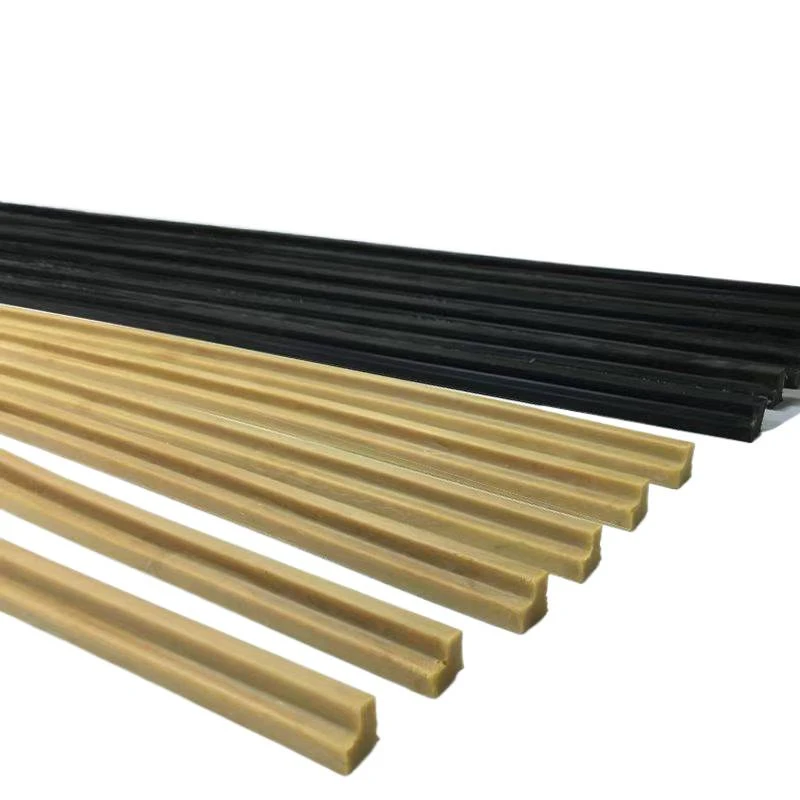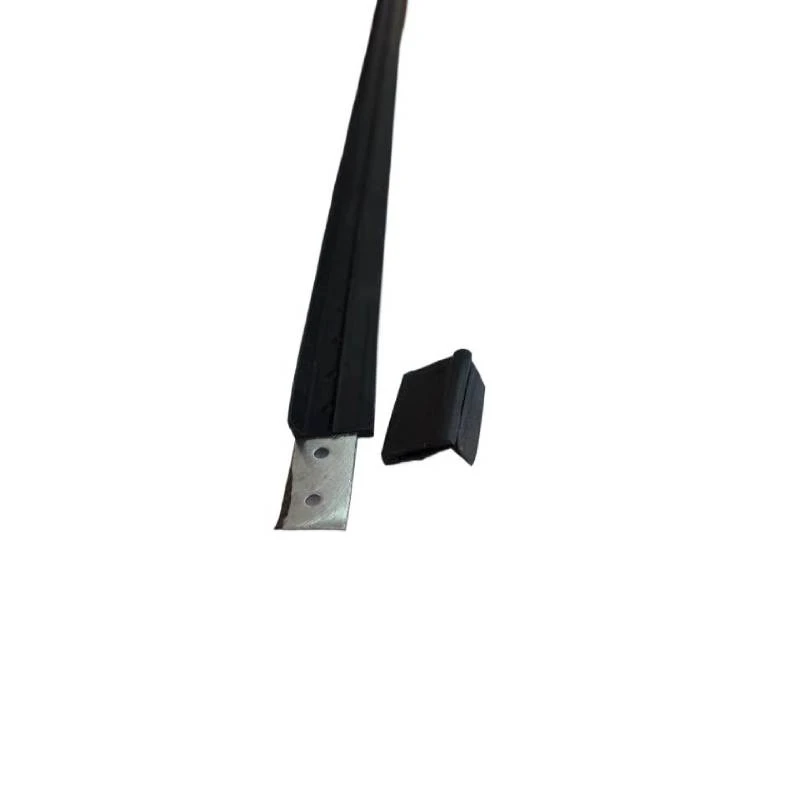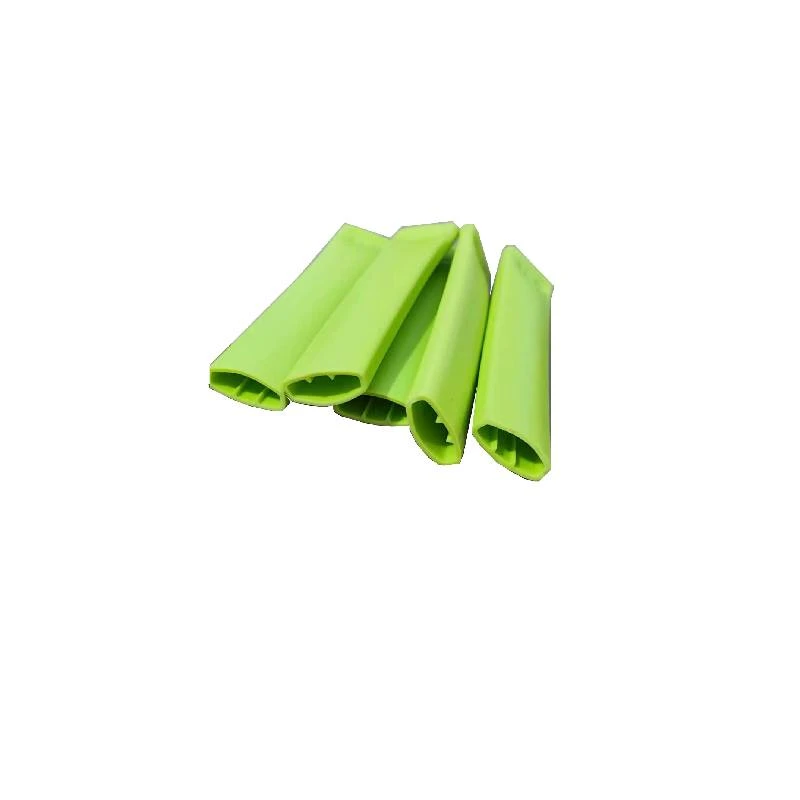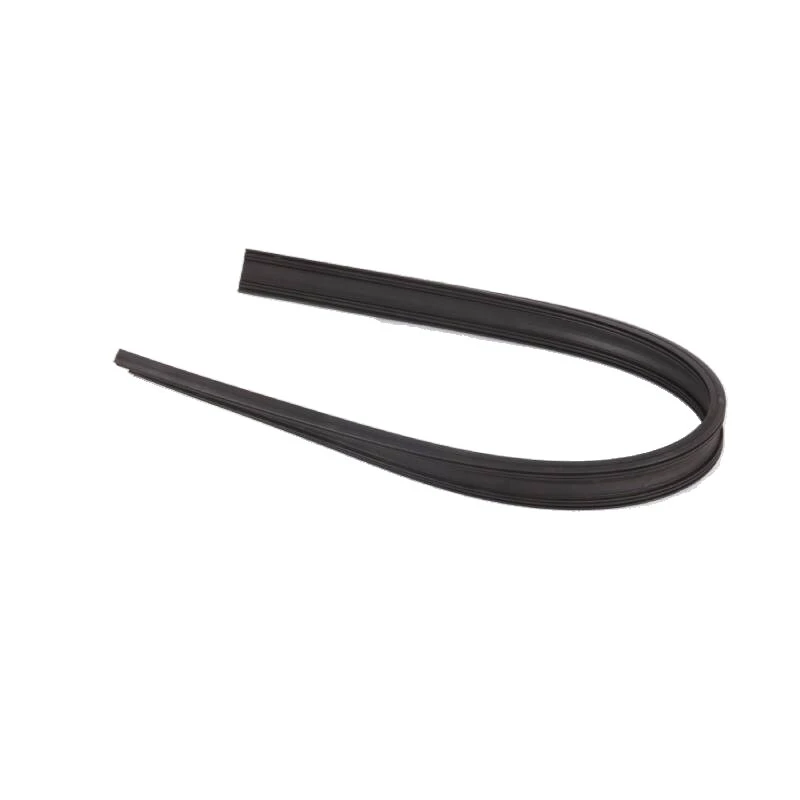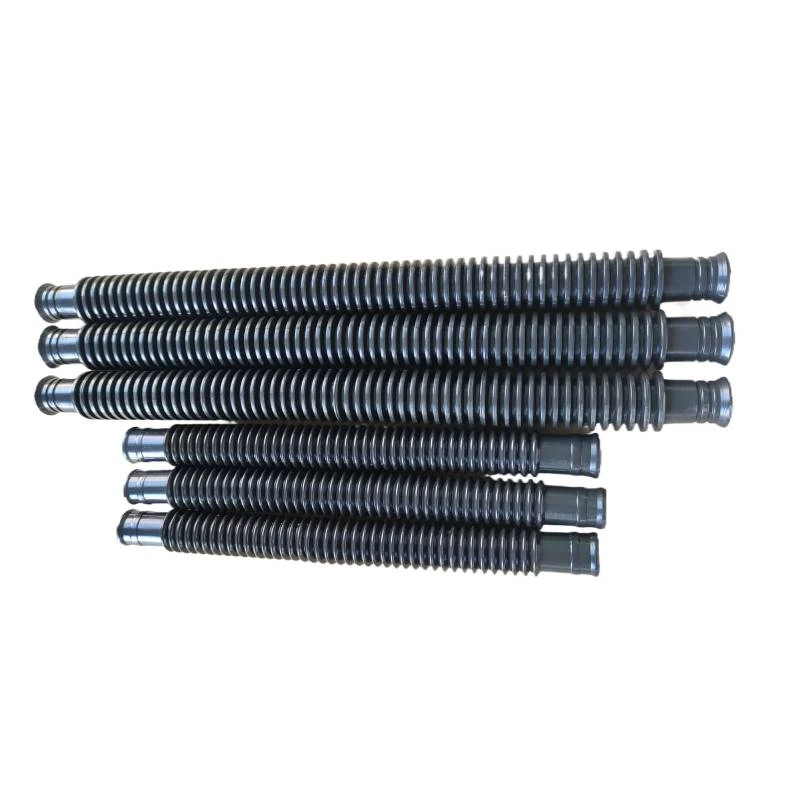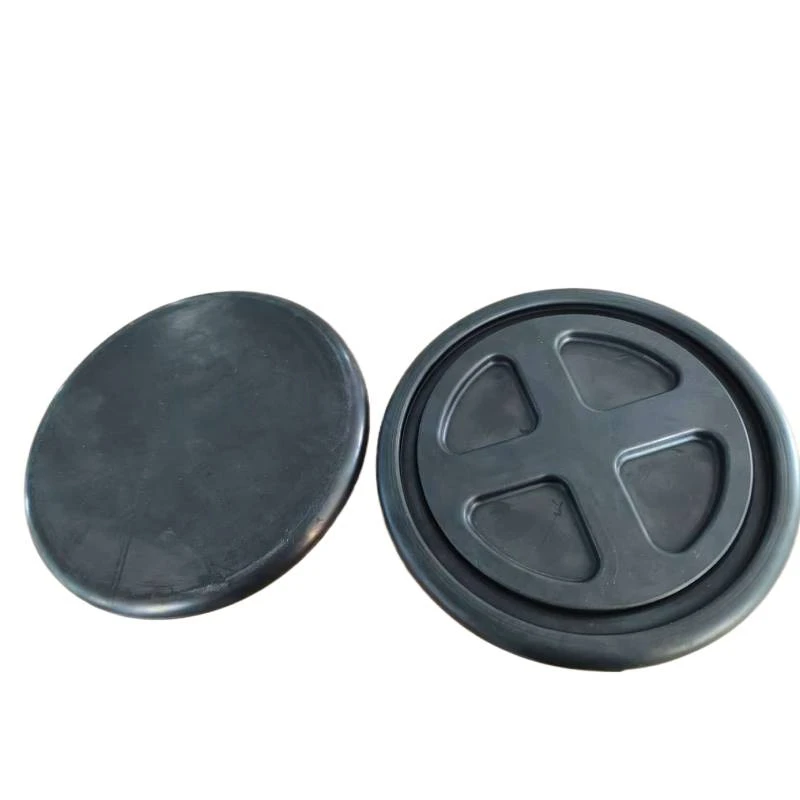
- Afrikaans
- Albanian
- Amharic
- Arabic
- Armenian
- Azerbaijani
- Basque
- Belarusian
- Bengali
- Bosnian
- Bulgarian
- Catalan
- Cebuano
- chinese_simplified
- chinese_traditional
- Corsican
- Croatian
- Czech
- Danish
- Dutch
- English
- Esperanto
- Estonian
- Finnish
- French
- Frisian
- Galician
- Georgian
- German
- Greek
- Gujarati
- haitian_creole
- hausa
- hawaiian
- Hebrew
- Hindi
- Miao
- Hungarian
- Icelandic
- igbo
- Indonesian
- irish
- Italian
- Japanese
- Javanese
- Kannada
- kazakh
- Khmer
- Rwandese
- Korean
- Kurdish
- Kyrgyz
- Lao
- Latin
- Latvian
- Lithuanian
- Luxembourgish
- Macedonian
- Malgashi
- Malay
- Malayalam
- Maltese
- Maori
- Marathi
- Mongolian
- Myanmar
- Nepali
- Norwegian
- Norwegian
- Occitan
- Pashto
- Persian
- Polish
- Portuguese
- Punjabi
- Romanian
- Russian
- Samoan
- scottish-gaelic
- Serbian
- Sesotho
- Shona
- Sindhi
- Sinhala
- Slovak
- Slovenian
- Somali
- Spanish
- Sundanese
- Swahili
- Swedish
- Tagalog
- Tajik
- Tamil
- Tatar
- Telugu
- Thai
- Turkish
- Turkmen
- Ukrainian
- Urdu
- Uighur
- Uzbek
- Vietnamese
- Welsh
- Bantu
- Yiddish
- Yoruba
- Zulu
1.5 Rubber Plug - Durable, Leak-Proof Seal for Industrial Use
In the evolving world of industrial sealing and pipeline protection, the 1.5 rubber plug stands out as a core component across petrochemical, metallurgy, water supply & drainage, and precision engineering sectors. Dust Plug from FY Gasket represents a pinnacle of this technology. In this extensive guide, we analyze current industry trends, technological parameters, manufacturing workflow, key advantages, leading suppliers, and the broad spectrum of applications for the 1.5 rubber plug.

1. 1.5 Rubber Plug — Industry Development & Trends
- Market Growth: The global industrial sealing market is growing at CAGR 5.2% (2020-2027, MarketsandMarkets), with 1.5 rubber plug demand forecasted to rise due to infrastructure expansion and stricter environmental regulations.
- Material Innovation: Advanced elastomers (Viton®, EPDM, NBR, FKM) are increasingly adopted to address requirements of high resistance to temperature, chemicals, and abrasion.
- Automation: Automated CNC lathing and injection molding are improving dimensional accuracy and cost efficiency.
- Sustainability: Recyclable and bio-based rubbers are gaining traction, with 22% new projects incorporating eco-friendly materials (Rubber World, 2023).
- Certifications: Adherence to ISO 9001, ISO 14001, and ANSI standards is now an essential selection criterion for procurement.
2. Technical Specifications & Data Table for 1.5 Rubber Plug
The 1.5 rubber plug comes in diverse material grades and dimensions, each designed for specialized usage and enhanced reliability. Here's a consolidated specs table sourced from top industry data:
| Specification | FY Gasket Dust Plug | Industrial Average | Testing Standard |
|---|---|---|---|
| Nominal Size | 1.5 inch (38mm) | 1.5 inch (37.8–38.2mm) | ANSI B16.5 |
| Material Options | EPDM / NBR / FKM / Viton® | EPDM / NBR | ISO 1629:2013 |
| Temperature Range | -40°C to +180°C | -30°C to +130°C | ISO 815-1:2019 |
| Hardness (Shore A) | 60 ± 5 | 55-65 | ASTM D2240 |
| Tensile Strength (MPa) | ≥16 | 10–14 | ISO 37 |
| Chemical Resistance | Excellent (oil, acid, alkali, ozone) | Good | ASTM D471 |
| Service Life | ≥8 years | 4–6 years | ISO 188 |
| Certifications | ISO 9001, FDA, RoHS, REACH | ISO 9001 | — |
3. Manufacturing Process of 1.5 Rubber Plug: Step-by-Step Workflow
Premium elastomers (EPDM, NBR, FKM, Viton) are blended with reinforcing fillers to meet ISO 1629/ASTM D2000 class requirements.
Shape-forming via high-precision injection molding or CNC lathe machining; dimensional tolerance within ±0.05mm.
150–180°C vulcanization for crosslinked elasticity, targeting optimal Shore A hardness.
CNC trimming removes flash, and surface is treated for improved oil and UV resistance.
Product is inspected per ISO 9001 & ASTM D2240/D471 for hardness, tensile, and chemical stability.
Passed plugs are cleaned, marked, and vacuum-packed to maintain integrity prior to shipment.
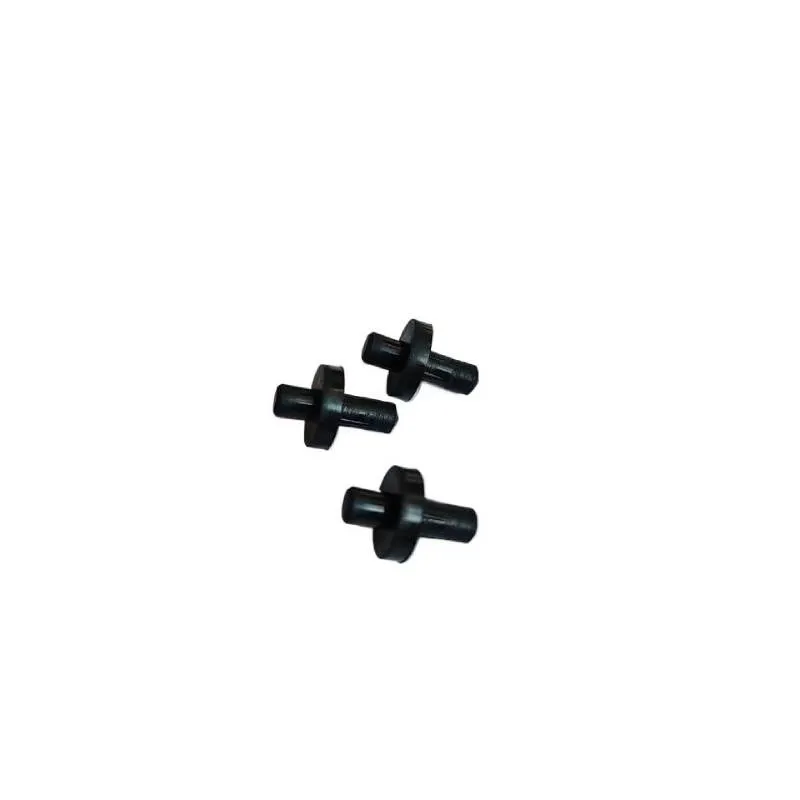
- Materials: Only medical/food grade or industrial-certified rubber, confirming FDA & RoHS when required.
- Manufacturing: Injection molding ensures 99.9% consistency; CNC machining for custom geometrics.
- Inspection: Every batch undergoes tensile, aging, chemical, and dimensional validation per ISO & ASTM norms.
- Certifications: Shipments with material certificates, batch traceability, third-party test reports.
4. Product Comparison: Dust Plug vs. Industry Alternatives
— Dust Plug vs. leading competitors.
5. Customization Options — Tailoring the 1.5 Rubber Plug for Your Needs
- Customized Dimensions: Shape (conical, cylindrical, stepped), length, wall thickness per client spec — ensuring perfect fit for unique piping or instrument ports.
- Material Selection: Advanced polymers (EPDM for steam/water; FKM for chemicals/oil; Neoprene for ozone/external weather) upon request.
- Color Coding: Option for color stripes or full-body coloring for process differentiation and visual inspection.
- Surface Finish: Enhanced with non-stick, anti-corrosive, or FDA-grade coatings.
- Branding & Marking: Laser etching or ink stamping for traceability, batch coding, or logo.
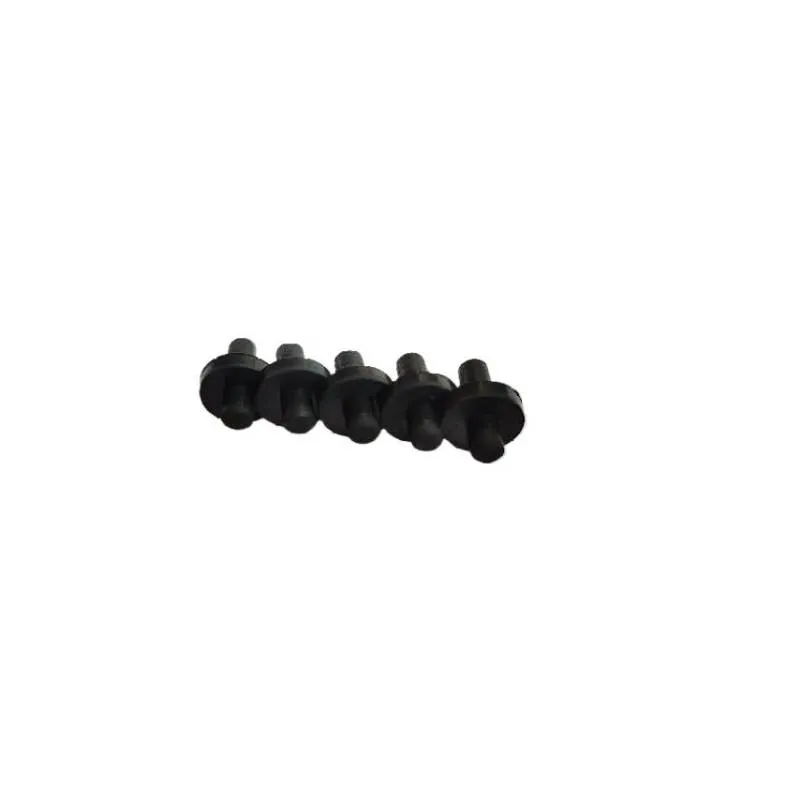
6. Applications & Case Studies: 1.5 Rubber Plug in Practice
7. Technical Parameters Trend Analysis — 1.5 Rubber Plug
8. Industry Certifications and Authority Endorsements
- ISO 9001:2015 Quality Management System Certified (FY Gasket and upstream suppliers).
- FDA 21 CFR 177.2600 for food contact safety (upon request for pharmaceutical use).
- RoHS & REACH registration for environmental & safety compliance.
- All products tested per ASTM D2240 (hardness), ISO 37 (tensile), and EN 681-1 (water system gaskets).
- Long-term partnerships: Sinopec, XCMG, Veolia, Midea, and leading process OEMs.
- Over 15 years of service in industrial sealing applications, with global export to 28+ countries.
9. Delivery, Warranty, and Customer Support
- Order Lead Time: Standard plug models ship within 2-4 working days; custom/OEM runs 5–10 days depending on complexity.
- Warranty: 2-year product guarantee covering material and manufacturing defects; full refund/replacement if QC standard unmet.
- Customer Support: 24/7 technical consulting, with application engineers available for installation, troubleshooting, or process optimization guidance.
- Documentation: Delivery of batch test reports, compliance certs, COA, and application guidelines for regulated industries.
- Packaging: Each item vacuum-packed, labeled with QR traceability for shipment tracking & recall facilitation.
10. FAQ: Professional Q&A on 1.5 Rubber Plug
11. References & Further Reading
- MarketsandMarkets: Industrial Rubber Market Trends 2023
- Rubber World Magazine (2023): Global Industry Developments
- Rubber Industry Association Whitepaper (2023): "Lifecycle Analysis of High-Performance Rubber Plugs" (link)
- Elastomer Technology International: Advances in Elastomer Compounds
- ISO 9001:2015 Quality Management System Certification
- FY Gasket official — Dust Plug Product Details
- Discussion and feedback threads: ENG-TIPS Engineering Forum - Rubber Plugs
– Elastomer Technology International Journal, 2023
-
Types of PVC Pipe Fittings for Water Supply Elbows Tees and CrossesNewsJul.18,2025
-
Stainless Steel Metal Washer Types: Corrosion Resistance RatingsNewsJul.18,2025
-
Rubber Parts Manufacturers Vulcanization Process OptimizationNewsJul.18,2025
-
Plastic Part Injection Molding Cycle Time OptimizationNewsJul.18,2025
-
Metal Parts Manufacturer Custom CNC Machining for Precision FittingsNewsJul.18,2025
-
Custom Aluminum Parts Design Considerations for Heat DissipationNewsJul.18,2025
-
Key Features of High - Quality Rubber BushNewsJul.04,2025



